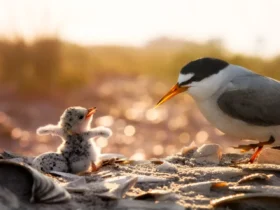In the vast and varied landscapes of the Northern Hemisphere, the Common Raven (Corvus corax) soars as a symbol of intelligence, adaptability, and cultural significance. With its glossy black plumage, impressive size, and remarkable intelligence, the Common Raven has earned a prominent place in mythology, folklore, and scientific admiration. Revered for its resourcefulness and complex social behaviors, this large and charismatic bird continues to captivate the hearts of birdwatchers, researchers, and storytellers around the world. In this article, we explore the captivating world of the Common Raven, delving into its appearance, behavior, and enduring significance in both the natural world and human cultures.
Common Raven images

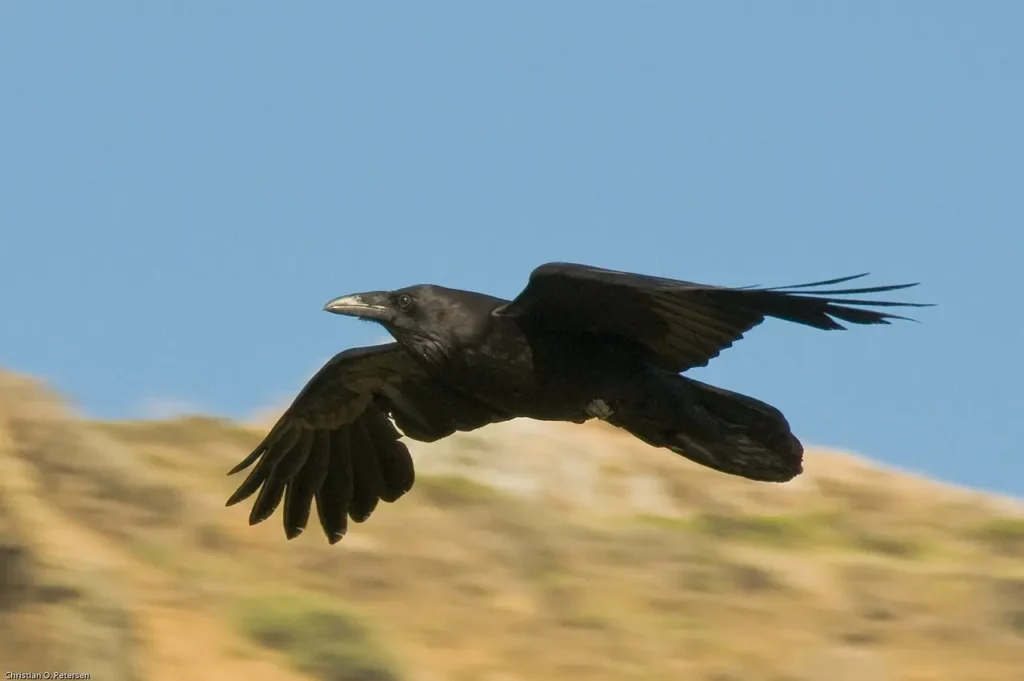
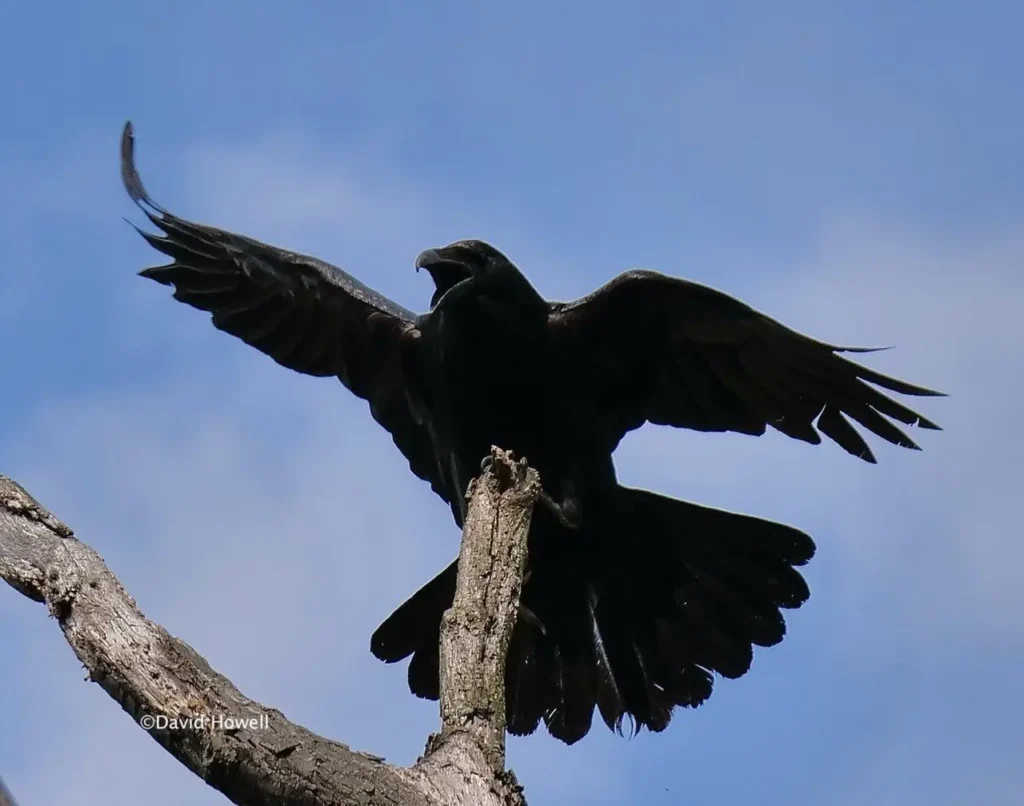


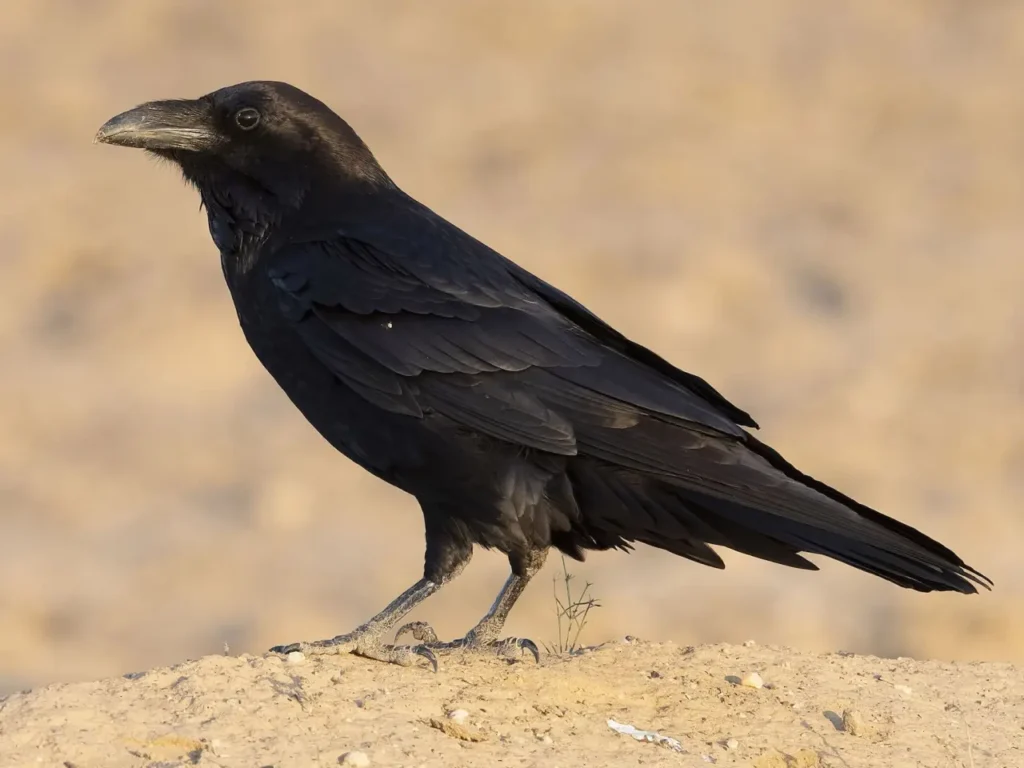

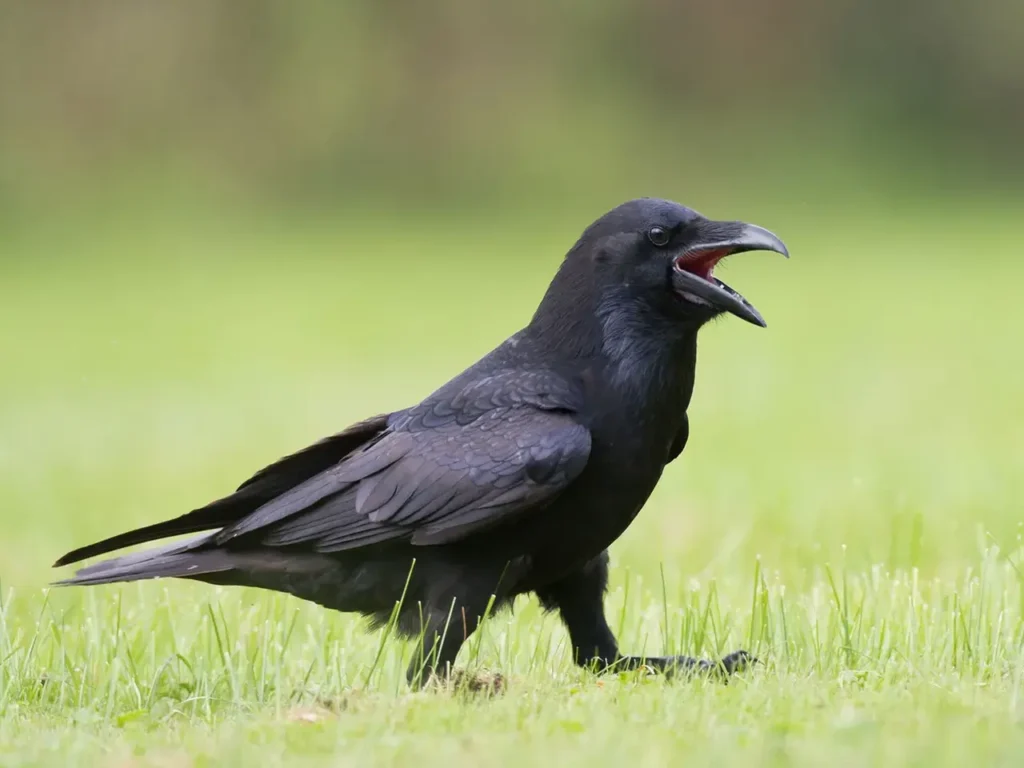
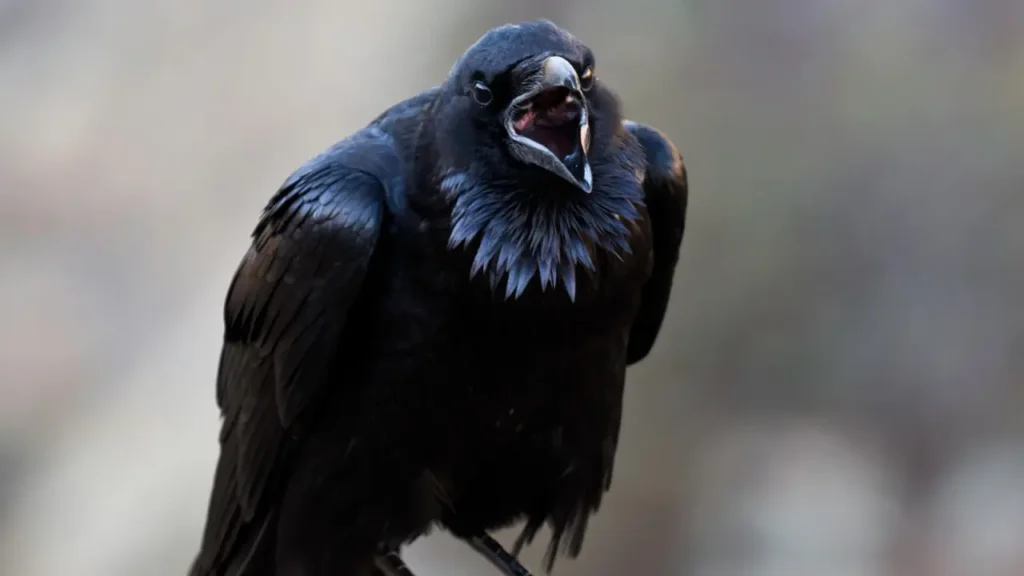
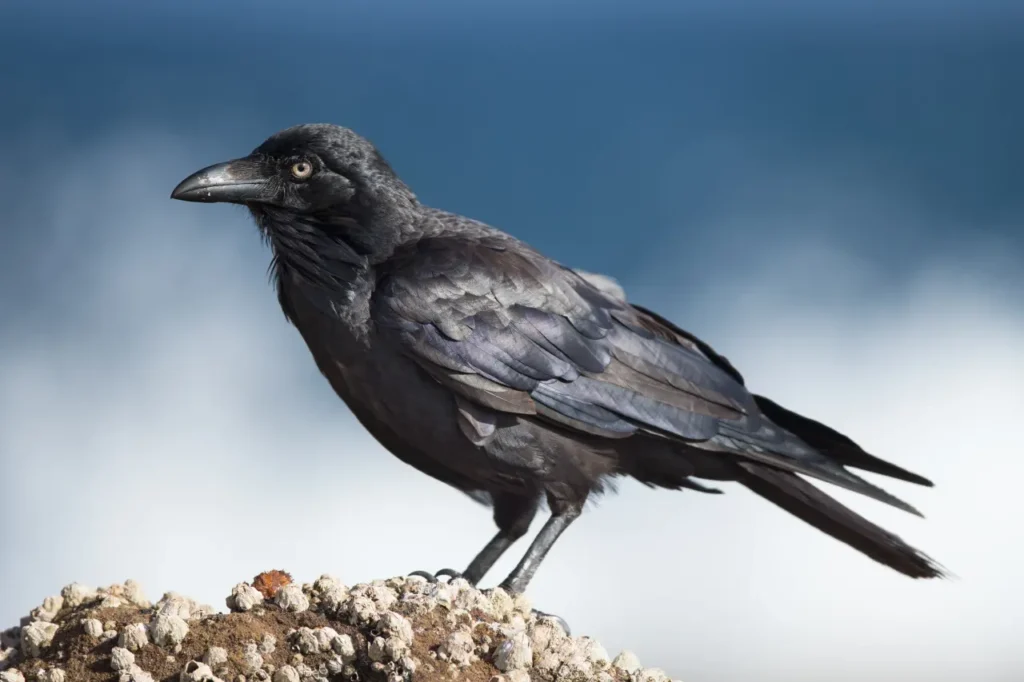
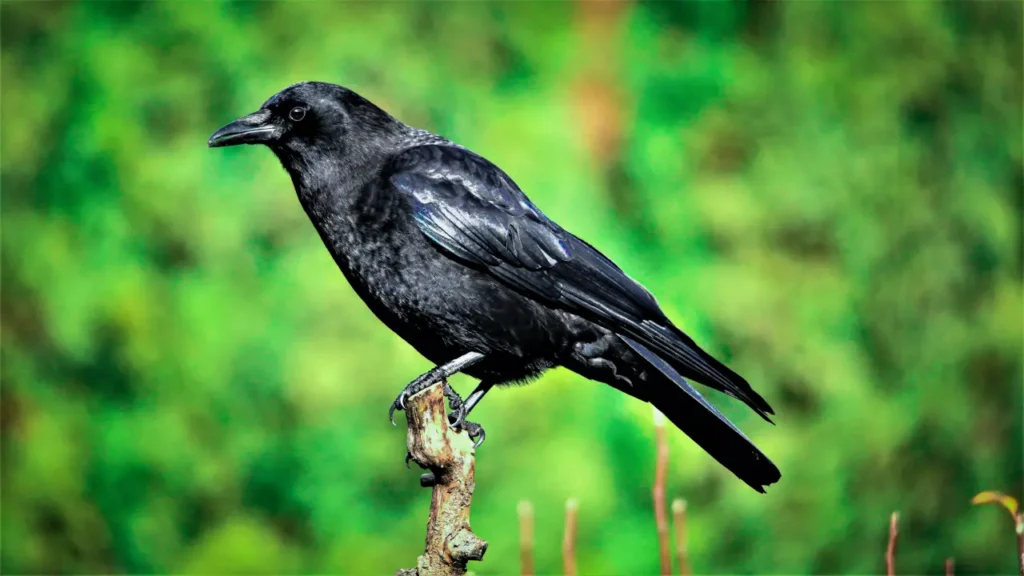
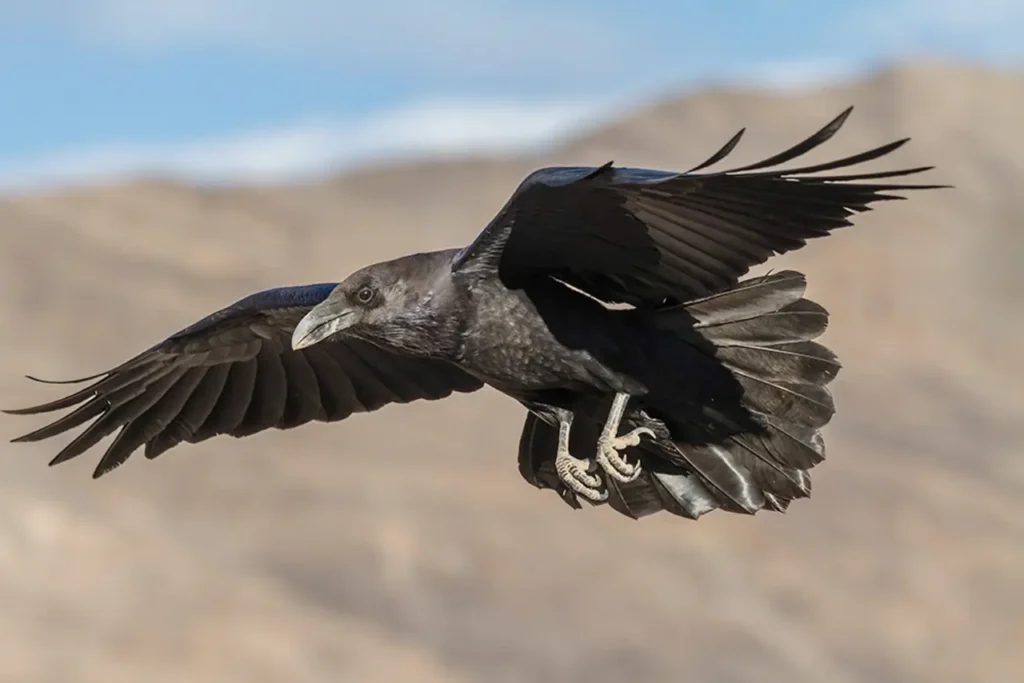
Appearance and Characteristics
The Common Raven is one of the largest and most widely distributed species of corvids, a family of birds known for their intelligence and problem-solving abilities. Adults typically measure 22 to 27 inches (56 to 69 centimeters) in length, with a wingspan of about 46 to 54 inches (117 to 137 centimeters). Its glossy black plumage reflects iridescent colors, appearing blue or purple in certain lighting conditions.
One distinctive feature of the Common Raven is its wedge-shaped tail, which sets it apart from crows, a closely related bird species. Ravens also have a larger bill, shaggy throat feathers, and a deep, throaty croaking call that is different from the cawing of crows.
Behavior and Intelligence
The Common Raven is renowned for its remarkable intelligence and problem-solving abilities. Studies have shown that ravens possess a high level of cognitive skills, including tool use, complex problem-solving, and the ability to plan for the future. They have been observed using sticks to extract insects from tree bark, dropping nuts from heights to crack them open, and even imitating the calls of other animals to deceive or attract them.
In addition to their individual intelligence, ravens are highly social birds and are often seen in pairs or small groups. They communicate with a variety of vocalizations and body language, which allows them to convey information and maintain complex social structures.
Diet and Foraging
The Common Raven is an omnivorous bird, meaning it feeds on a wide range of foods. Its diet includes insects, small mammals, birds, eggs, carrion, fruits, nuts, and even human leftovers. This adaptability in food choices is one of the reasons for the bird’s widespread distribution and success in different habitats.
Cultural Significance
Throughout history, the Common Raven has held a significant place in human cultures and mythology. In many indigenous cultures, the raven is seen as a symbol of wisdom, creation, and transformation. It is often depicted as a trickster figure in folklore, with intelligence and cunning that surpass human understanding. In various Native American and First Nations traditions, the raven is regarded as a powerful and magical being with the ability to bring about change and carry messages between worlds.
Conservation Status
The Common Raven is not considered globally threatened, and its populations are generally stable. In fact, its numbers have even increased in some regions due to habitat changes and access to new food sources, including human garbage. However, like many other wild species, ravens face some threats, such as habitat loss, persecution due to perceived conflicts with human activities, and poisoning from ingesting lead ammunition.
The Common Raven stands as a testament to the marvels of nature’s intelligence and adaptability. With its glossy black feathers, complex social behaviors, and remarkable problem-solving abilities, this enigmatic bird continues to enchant and intrigue both scientists and storytellers alike. As we explore and appreciate the captivating world of the Common Raven, we are reminded of the profound connections between humans and the natural world. By fostering an understanding and respect for this magnificent bird and its vital role in ecosystems, we can ensure that the Common Raven’s legacy of intelligence and cultural significance endures for generations to come.
